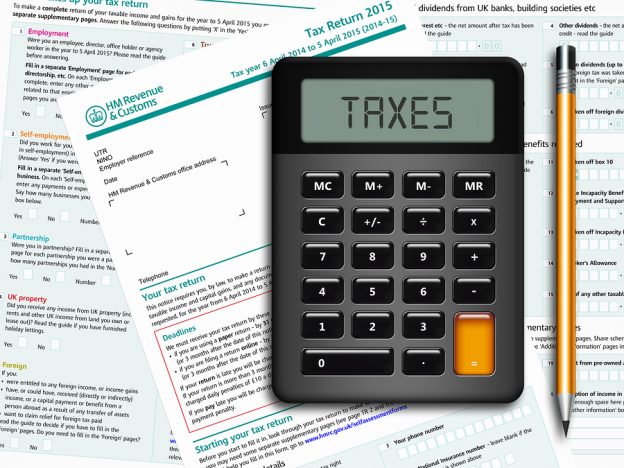
You need to check your 2019/2020 tax code because it is your responsibility to make sure you are paying the correct amount of income tax. And if your tax code is wrong, then you are probably paying too much or too little.
The 2019/2020 tax year began on the 6th April 2019 and your 2019/2020 tax code will show on your payslip or notice of coding.
Does this apply to me if I’m paid through PAYE?
Lots of taxpayers in PAYE think that they don’t need to bother checking their tax code because their income tax is automatically calculated. But you do. HMRC can make mistakes for a variety of reasons and issue incorrect tax codes.
Even if you are just in PAYE, a straightforward tax situation with no other income streams, it’s worth quickly checking.
Where can I find my tax code?
HMRC send you your new annual Notice of Coding at the end of April, so you should have that. Your tax code is usually on any official communications with HMRC and is on your pay statements from your employer.
Why might my tax code be wrong?
There are several reasons why you have the wrong tax code, such as:
- You get new benefits from work, like a company car
- HMRC have estimated your expenses, based on the previous year, but this has changed
- Your employment circumstances have changed
What happens if I’ve not paid enough tax?
This is the worst case scenario, you haven’t paid enough income tax and now owe HMRC. The sooner this is sorted out the better. You don’t want to start adding interest to your tax bill. We can walk you through all of this, if necessary and figure out the least disruptive way for you to pay it back.
What happens if I’ve paid too much tax?
If your tax code error means that you’ve paid HMRC too much income tax, then they owe it back to you. You need to submit a tax rebate claim, following the official procedure. We can do all of the paperwork for this and answer any of HMRC’s follow up questions about your claim.
What do the bits of code actually mean?
The number in your tax code represents your Personal Allowance amount. If you multiply it by 10, you will get the amount of income you can earn before you have to pay any tax.
The letters all stand for particular things that describe your financial status. They refer to ‘income’
- NT: no tax to pay on this income
- L: Personal Allowance amount
- Y: you get a higher Personal Allowance because you were born before 6th April 1938
- OT: Your employer can’t work out your tax code, you have used all your Personal Allowance, or you do not have a P45
- T: Your Personal Allowance amount requires other figures to be taken into consideration when working out your tax code.
- BR: all this income is taxed at the Basic Rate of 20%
- D0: all this income is taxed at the Higher Rate of 40%
- D1: All this income is taxed at the Additional Rate of 45%
- N: you have transferred 10% of your Personal Allowance to your married spouse or civil partner
- M: You have received 10% of your spouse or civil partner’s Personal Allowance
- S: You are paying the Scottish rate of income tax appropriate to your circumstances
Your tax position is unique to you and different tax codes will be correct for you, at different times during your employment. If you have more than one job simultaneously, you will have a tax code for each which reflects how your Personal Allowance amount is distributed between them.
It’s just good financial sense to check your tax code as we are into the new 2019-20 financial year. You need to make sure that you understand your code and why HMRC have applied any changes if it is different to last year.
You don’t have to figure this out for yourself. We can check and explain your tax code for you. We will also sort out the solutions to any issues that arise from an incorrect tax code.







